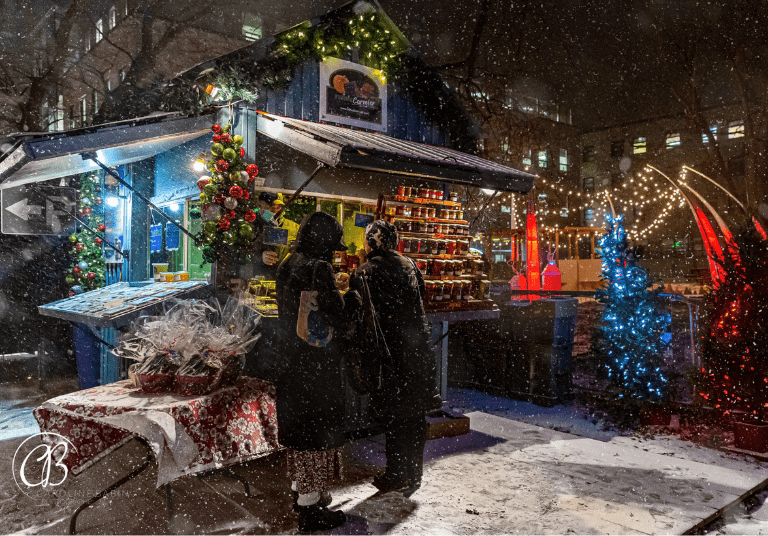Immerse yourself in the captivating evolution of Quebec agrotourism, from the modest beginnings of farm B&Bs in the 70s to the diversification of the offer in the 90s, to finally become a key trend in culinary tourism over the last few decades. ⤵️
Contente
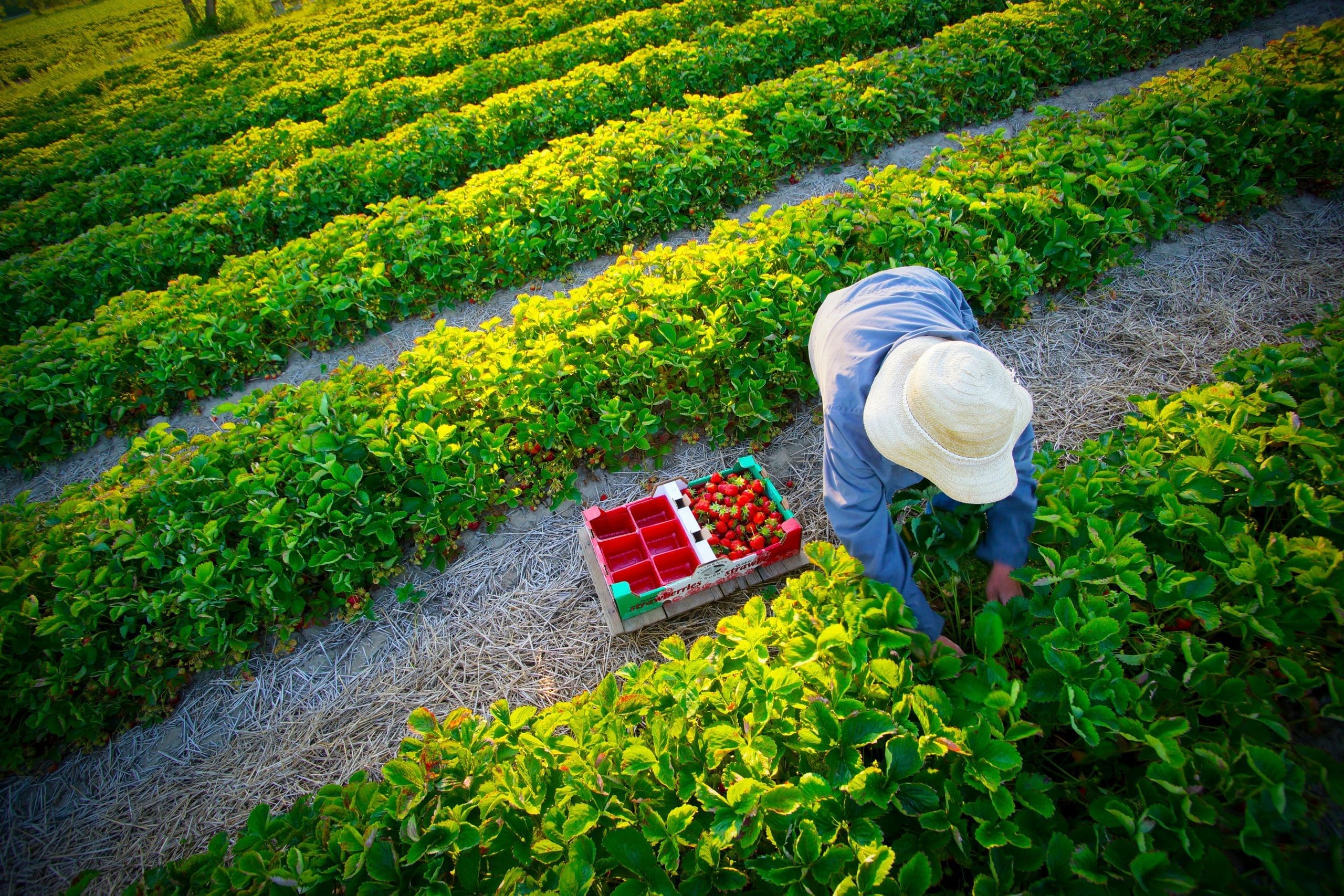
In the 70’s and 80’s: The birth of agrotourism
B&Bs began to appear in Quebec, mainly on farms, with the aim of improving the economic situation of farms and keeping people on the land. The farmhouses were large, the children had left home, and the owners wanted to share their daily lives and let city-dwellers experience the farm’s activities and work. So they opened their doors to holidaymakers. The farm cottages were chosen for their comfort, cleanliness and good food. The most important thing was the human experience of becoming part of a farming family.
- 1970: the first farm accommodation and tours are offered, with the aim of raising awareness of agricultural activities.
- 1972-1974: birth of the farm accommodation project in Saguenay-Lac-Saint-Jean, under the initiative of the regional UPA, which interests MAPAQ.
- To bring the farms together, three regional structures are incorporated: Agricotours régional du Saguenay-Lac-Saint-Jean, de l’Est-du-Québec et de l’Estrie. 1975 saw the creation of the Fédération des Agricotours du Québec, which oversees the accreditation of establishments that meet quality standards. In 1977, the first tourist guide, “Vacances dans les fermes du Québec”, is published.
- 1976: the Montreal Olympic Games marked the start of the country and city B&B scene. The 1980s and 1990s see a marked expansion in the number of B&Bs.
- 1981: creation of a farm catering project called “Table Champêtre™ du Québec”.
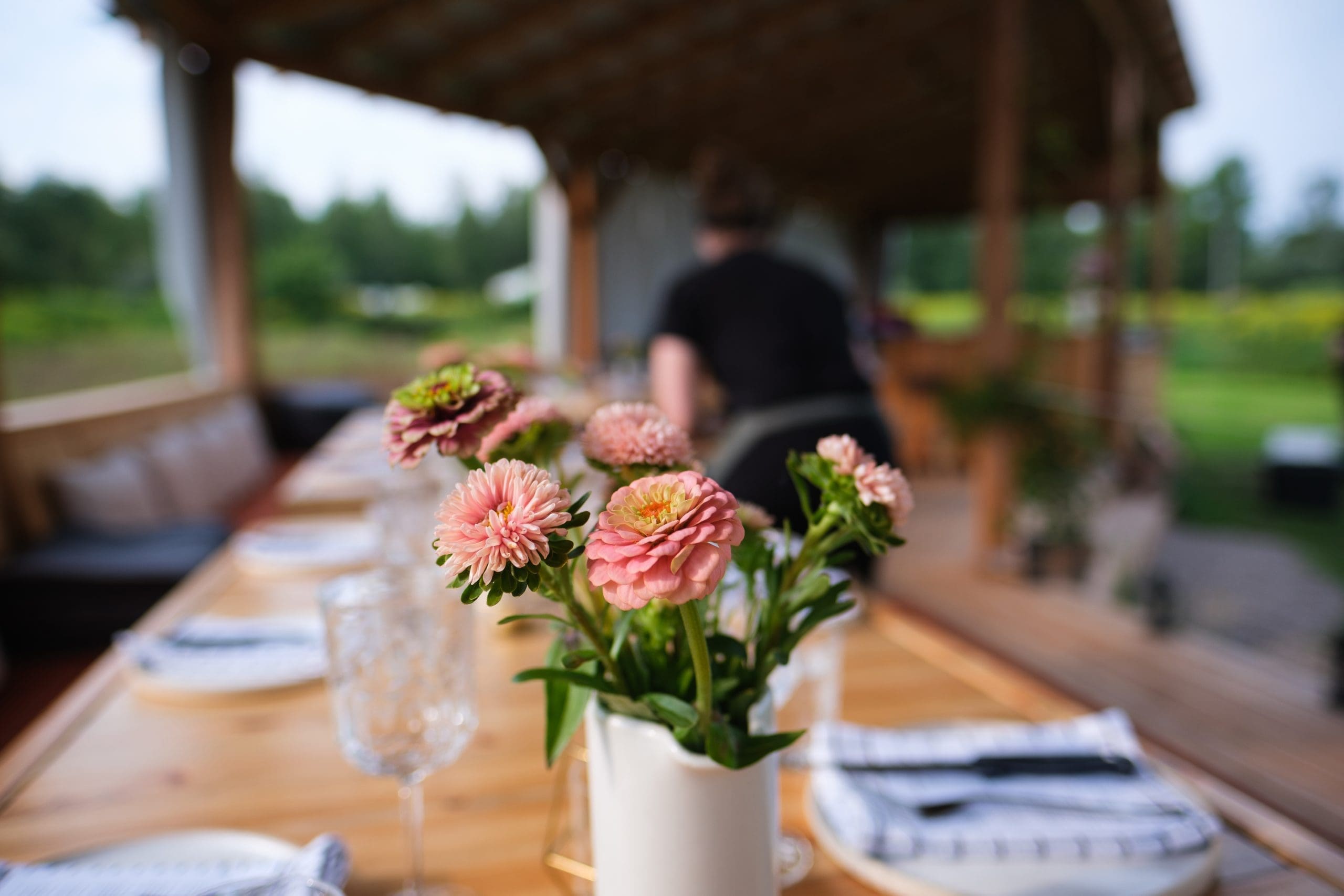
In the ’90s: Diversification of supply
The development of B&Bs continues: the activities offered and the types of business are diversifying, while traditional activities such as accommodation and farm visits are experiencing a slowdown. On-farm catering, on the other hand, is gaining in popularity.
- 1991: publishing and distribution agreement with Ulysse for the guides Gîtes & Auberges du Passant™ du Québec and Tables Champêtre™ & Promenades à la Ferme au Québec.
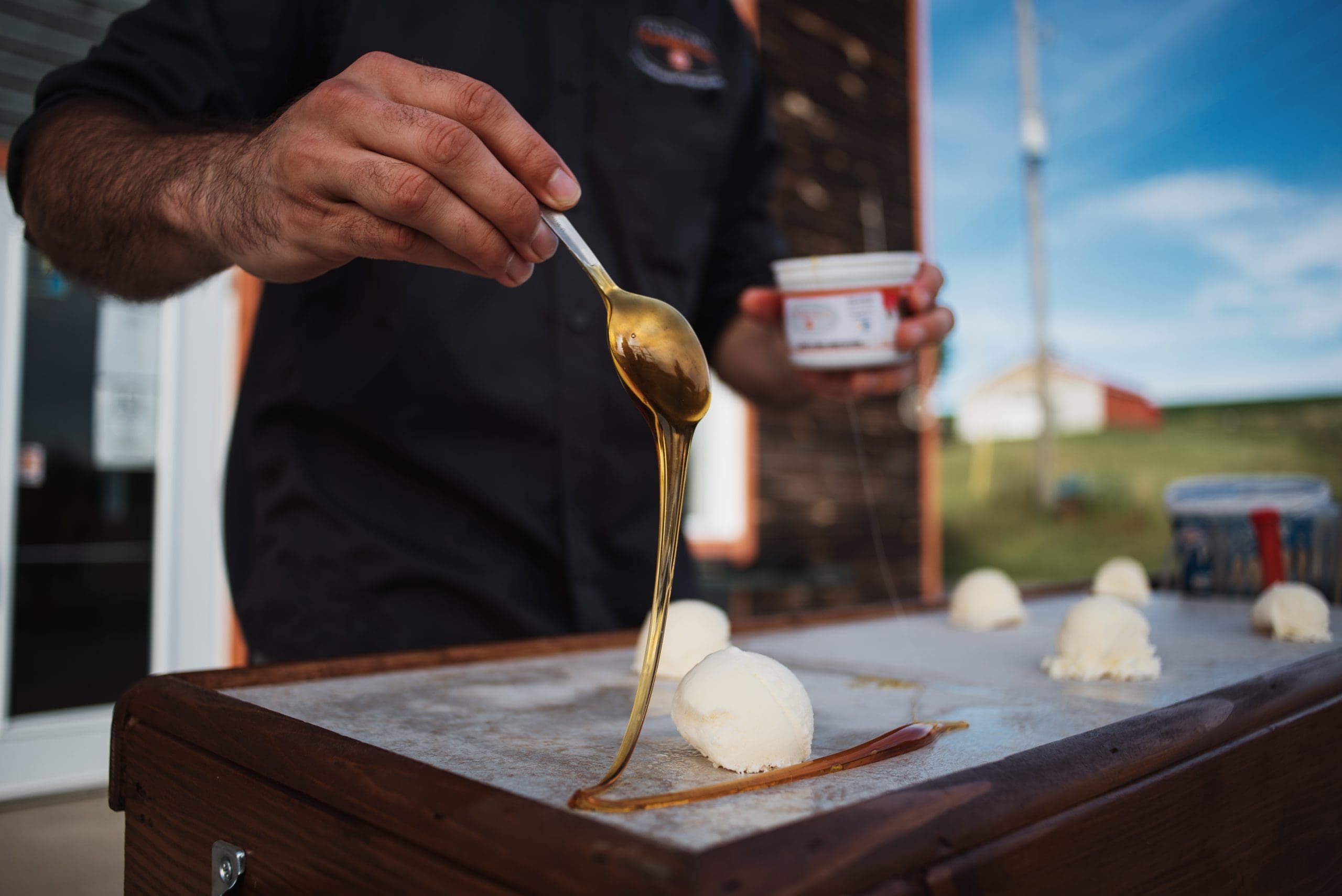
In the 2000s: Structuring the offer and consultation
It’s the renaissance of agrotourism, with the explosion of local products created by producers and artisan processors. The emergence of these Quebec agri-food products is increasingly promoted by chefs, at events and festivals, Christmas markets and more.
- 2004: creation of Quebec’s very first culinary route: the Route Des Saveurs de Charlevoix.
- 2009: change of corporate name from Fédération des Agricotours to Association de l’Agrotourisme et du Tourisme Gourmand du Québec (AATGQ).
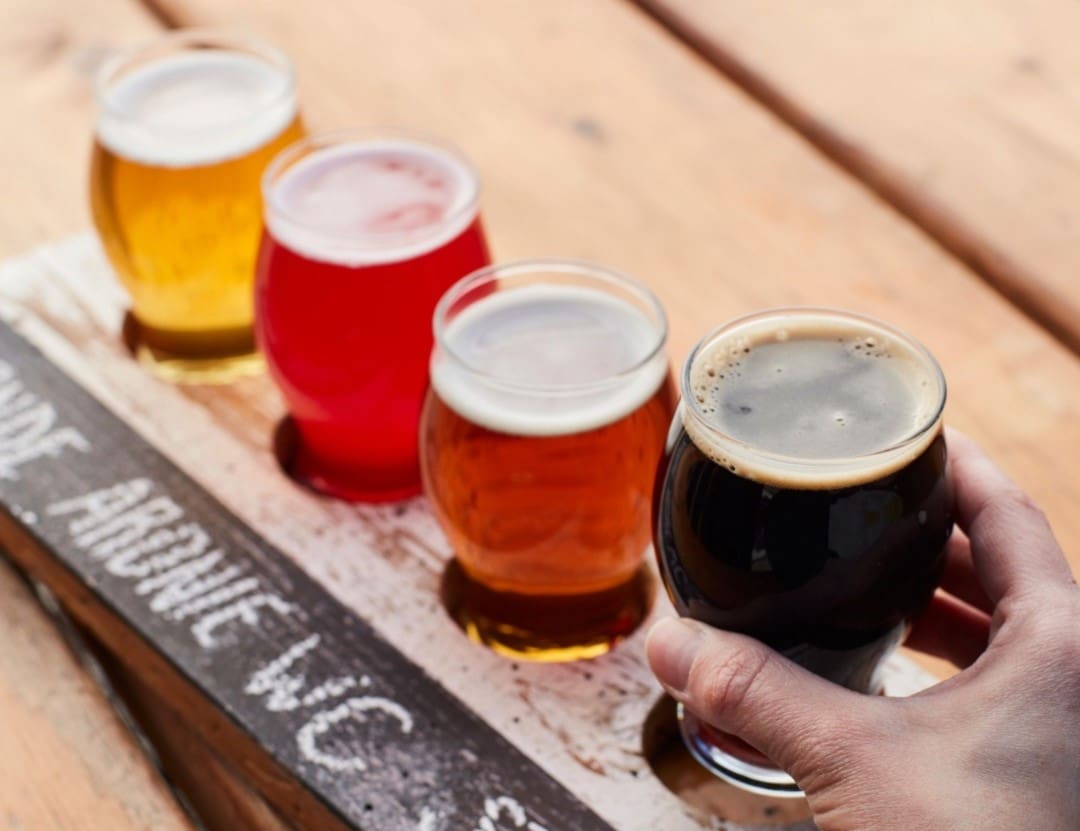
Since 2010: Culinary tourism as a travel and tourism trend
From the 2010s onwards, we’ve seen a marked expansion in the sector: in addition to the effervescence of artisanal processors in the various regions of Quebec (distilleries, microbreweries, bakeries, etc.), we’ve also seen a significant growth in the number of chefs and restaurateurs who have taken on the mission of promoting Quebec’s terroir in their offerings, and, as a result, the explosion of foodies.
- 2012 : recognition of the AATGQ by the Ministry of Tourism as a sectoral tourism association (ATS) for agrotourism and culinary tourism.
- 2016: launch of a range of support services for businesses in the sector and in tourist attractions and services, to enable the development of customer experiences linked to Quebec’s terroir. Culinary tourism becomes a flagship tourism product for tourist attractions and services.
- 2018: agrotourism and culinary tourism are recognized as tourism draws, and the “Local Flavors” experience is created to help promote Québec gourmand internationally.
- 2019: launch of a provincial strategic reflection on the future of culinary tourism in Quebec, co-chaired by the AATGQ and the Société du réseau des Économusées (SRÉ), in collaboration with various regional stakeholders.
- 2020: COVID-19 crisis. Businesses in the sector other than restaurants and accommodation (B&Bs and inns) are doing well. The “buy local” trend, already underway for several years, gains momentum. The provincial action plan is adapted to meet the challenges of the pandemic.
- 2021: implementation of the Provincial Action Plan for the Future of culinary Tourism begins. Recognition of the sector under MAPAQ’s sector development program (PDS) enables the hiring of a development officer dedicated to its implementation. Various projects take shape, supported by the AATGQ and SRÉ.
- 2022: new brand image and website for the AATGQ. Unveiling of the Plan d’action pour la promotion internationale de l’agrotourisme et du tourisme gourmand, from the Ministère des Relations internationales et de la Francophonie, whose objective is to raise Quebec’s profile as a destination for agrotourism and culinary tourism and thus attract a growing number of international tourists. As part of this plan, the AATGQ and SRÉ receive financial support to implement actions.
Find out more
A report taken from the Kit Média Terroir et Saveurs du Québec, a document on gourmet tourism in Quebec, highlighting its definition, the sector, its economic spin-offs, and its flagship experiences.
A veritable toolbox, this document aims to turn delegations into ambassadors for gourmet tourism, equipping them with the knowledge to promote Quebec producers and artisans. To find out more, consult the complete Media Kit.



